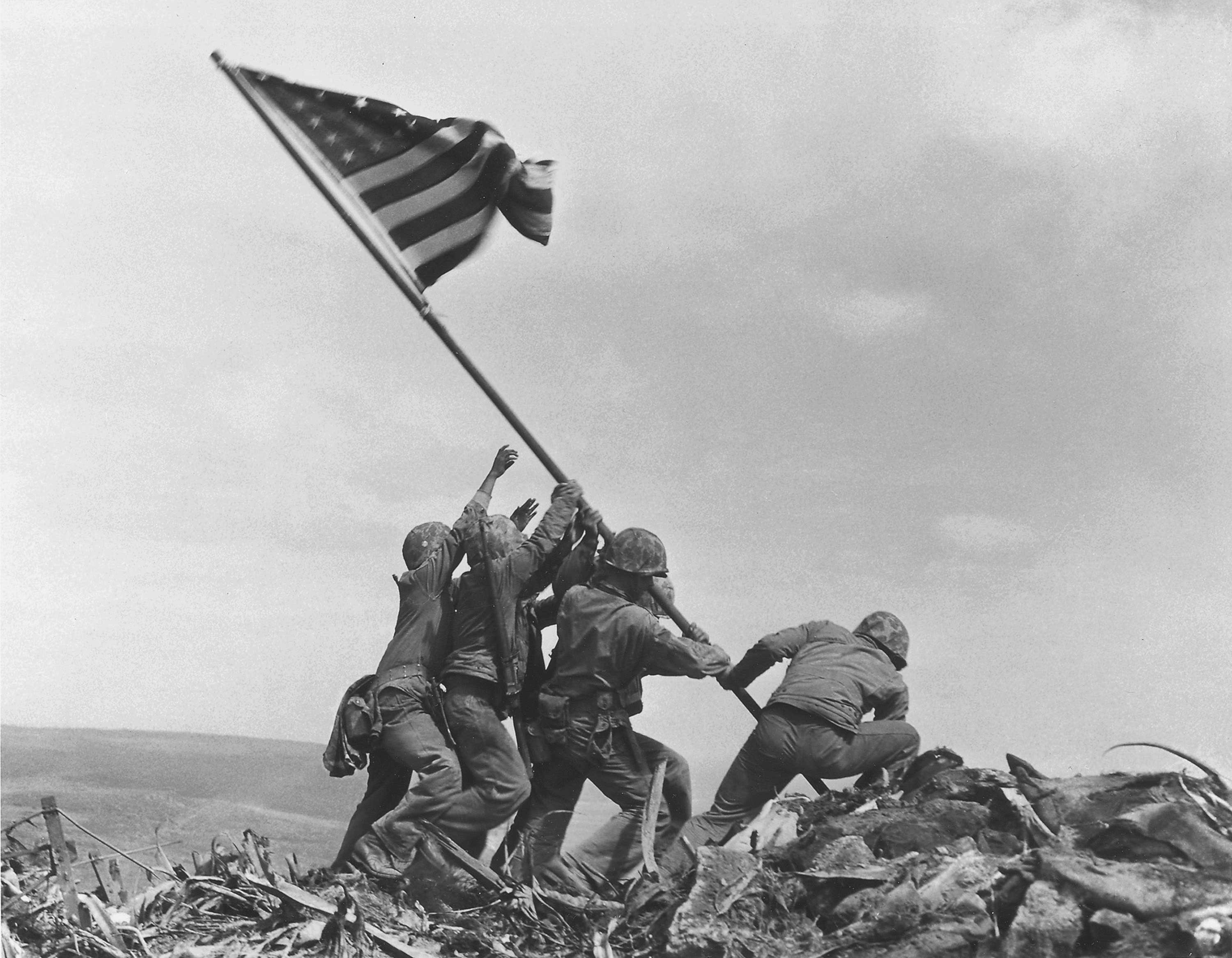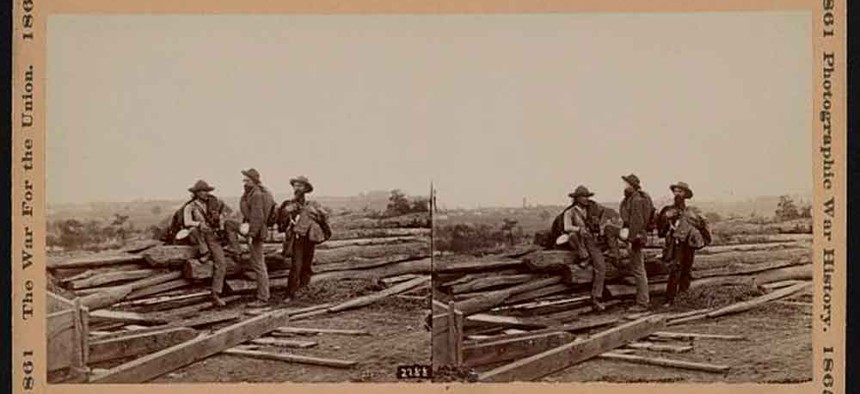How Photographic Technology Shapes Our Understanding of War
From Polaroids to Instagram, the methods we used to document conflict have drastically changed. So has our understanding of what war really is. By Peter Osnos
Graphic imagery has been an indelible feature of armed conflict from the days of Civil War daguerreotypes, when Matthew Brady and other early photographers captured the horrors of the battlefield. With each succeeding war, as cameras became more advanced, the role of photography has evolved to convey the realities of combat and the agonies inflicted, primarily on the soldiers in the field. There is a tragic artistry to the unforgettable pictures of the dead and wounded in twentieth-century wars.
Some photographs are heroic. Joe Rosenthal's iconic snapshot of Marines raising the flag at Iwo Jima in February 1945 is enshrined in national memory as a prelude to victory. Vietnam was called "The Television War" because it was the first conflict featured on news broadcasts, usually within a day or two of the events.

The imagery of today's wars has moved beyond the relative formality of television coverage, then at its peak, to the output of digital cameras and mobile devices. They are visceral because they are so raw. Anyone with a smartphone and a YouTube account can post unfiltered videos from virtually any setting for audiences of incalculable size the world over.
As a result, our view of the conflicts in Iraq, Afghanistan, Libya, and Syria is profoundly different. Civil unrest around the world - Egypt, Turkey, even Iran - is instantly available and shapes the perception of these events. Victimized civilians - who in the past were less visible in wars that had fixed front lines with armies engaged in classic settings - are now a dominant presence. It is the scenes of ordinary women and children, as well as fighters on both sides, in the worst of circumstances that symbolize so much of what we now perceive of chaotic war zones. There is undeniable power in this unending flow of visual brutality.
Read more at The Atlantic .




